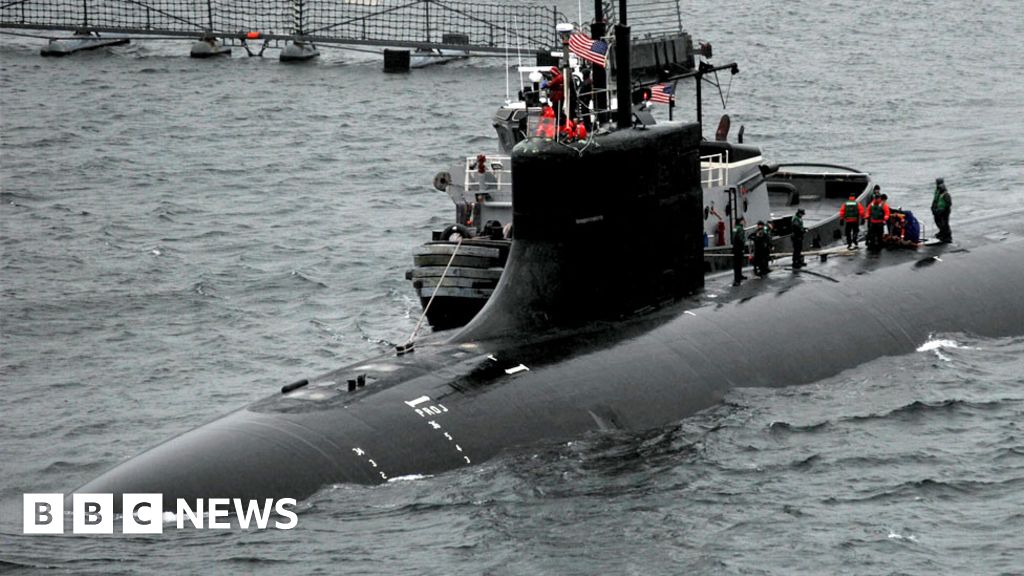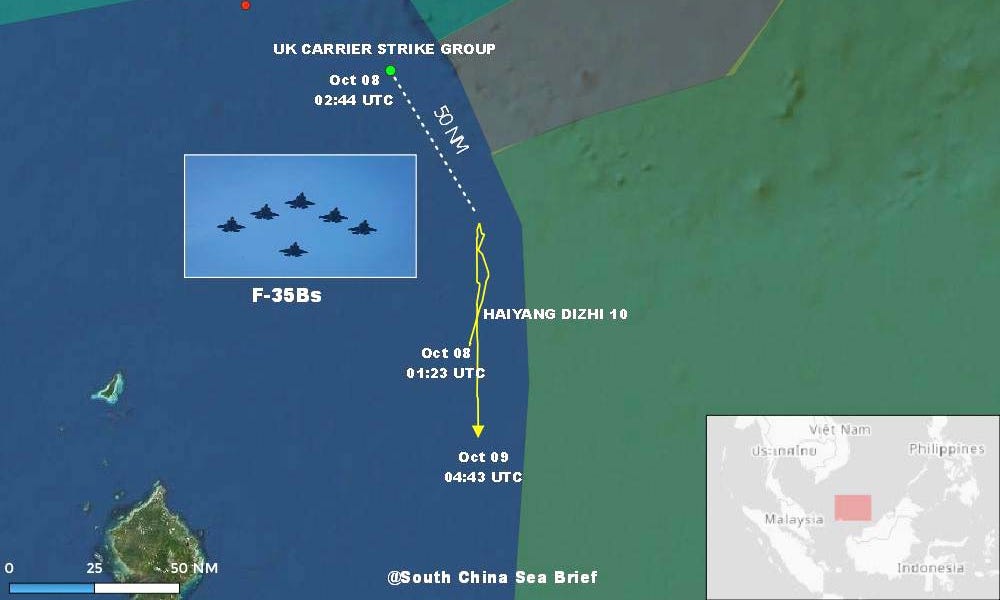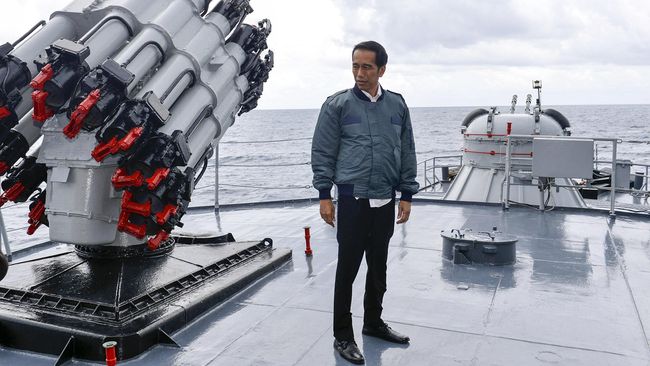The eventual entry into service of the LCSs and up arming the Kedah class will be welcomed by the RMN but it still doesn't change things with regards to Chinese intrusions. Extra assets will be a boost, improving the RMN's ability to monitor and intercept intrusions but the fact remains that the Chinese will still keep coming. This is a major problem faced by various countries.
1. I think it is important for the Malaysian Navy to bring forces to the mix or at least provide over the horizon over watch for the MMEA, in the South China Sea. Other friendly navies don’t want to end up protecting Malaysian MMEA vessels — as we are not in the business of helping Malaysia enforce its sovereign claims (that are disputed by the Chinese). The way around it is for our navy to help your navy (who is guarding your MMEA vessels).
2. The joint force concept means civil agencies front the challenge but the military provide the armed over watch — or at least the is the way Singapore operates. For any intrusion into Singapore waters, the police coast guard, if they can get there first, mount the challenge to our sovereignty with high speed passes. The 8 Littoral Mission Vessels and 4 Sentinel-class Maritime Security and Response Vessels provide armed over watch — which theoretically can be over the horizon with a UAV. All civil responses, including 2 tugs, are coordinated through the navy.
3. With regard to disputes in the South China Sea, what we want is to complicate matters for the PLA(N), who is providing armed over watch for their coast guard vessels, who are in turn there to protect Chinese maritime militia, who are there to ram your vessels from a civil agency. Once the Chinese engages in ramming as a tactic, the MMEA vessel must be prepared that the Chinese will shoot, just as the North Koreans did on 15 June 1999 and on 29 June 2002. South Korean patrol boat PKM-357 (Chamsuri-class vessel) succumbed to damage and sank in the 2002 battle — with 6 killed and 18 wounded — when it was hosting the 2002 FIFA World Cup.
4. If Malaysia relies on the MMEA alone, then the country is not able to protect its EEZ from PLA(N) intrusion — without armed over watch, it is simple for the Chinese in just a simple escalation of force step, change the sea situation picture in 15 minutes or less.
(a) Given that the Malaysian Navy is over matched by any PLA(N) task force the Chinese choose to send — working with other like minded navies via joint patrols, cross decking, bilateral and multilateral exercises — will reduce the likelihood of escalation by the Chinese.
(b) Even the dreamy TNI AL are waking up to the reality that they can’t go it along to meet a PLA(N) task group intent on enforcing their 9-dash line claim. Which means Malaysian or Indonesian EEZ claims are just disputed claims for the PLA(N). Both Malaysia and Indonesia need to understand that the PLA(N) does not respect your navy’s capabilities. They are however concerned with international ramifications, if they attack your navy in close proximity to an international naval exercise or in the presence of another navy that can verify the armed act of hostility.
5. Exercise Bersama Gold 2021 is a Five Power Defence Arrangements (FPDA) tri-service exercise involving assets and personnel from Australia, Malaysia, New Zealand, Singapore, and the United Kingdom — with the participation of 2600 personnel, 10 ships, one submarine, six maritime helicopters, three maritime patrol aircraft, 25 fighter aircraft, two support aircraft, and a G550 CAEW for command and control. As part of Bersama Gold 2021, a flypast and naval vessel display will be livestreamed on the Ministry of Defence's social media platforms on 18 October at 1200hrs (Singapore Time). The Naval vessel display will feature Australia's HMAS Canberra, Malaysia's KD Lekiu, New Zealand's HMNZS Aotearoa, Singapore's RSS Steadfast, and the United Kingdom's HMS Diamond.
6. The Bersama Gold 2021 exercise is an enlarged biennial Bersama Shield exercise but was renamed to Gold to reflect the 50th anniversary of the FPDA. The exercise is held mostly in the South China Sea between the coasts of Malaysia and Singapore, where participating nations will conduct anti-air and anti-submarine exercises, gunnery firings and maneuvering drills. Air forces from the FPDA member-nations will perform air defense exercises over the airspace of West Malaysia and support the maritime component in anti-submarine exercises; and this also marked the first field exercise for the FPDA since 2019, with the COVID-19 pandemic reducing drills to command post exercises held virtually.
7. According to Euan Graham, the FPDA is the Cinderella of Southeast Asian defence engagements. Often overlooked as an anachronism, including in member countries, the FPDA’s understated value is well understood by officials and military professionals on the inside. The limited visibility of the FPDA within member countries is not a problem for as long as the political will exists to maintain it. Three significant issues that weigh on the FPDA’s long-term survival.
One, the biggest risk in this regard is that Malaysia’s commitment to the FPDA wanes because of a lack of political support, due in part to ignorance of the arrangements.
Two, Malaysia and New Zealand have fallen so far behind Australia, the UK and Singapore that the FPDA is now a two-tier grouping in capability terms. Ostensibly, the FPDA is an even partnership across the five signatories. But militarily it is in danger of becoming the ‘3+2’ defence arrangements.
Three, potential for enlargement periodically surfaces as a question for the FPDA. There is zero appetite for this from the two Southeast Asian members, who fear it will dilute the foundational commitment to defending Malaysia and Singapore. This conservatism competes in tension with the desirability of cross-bracing the FPDA to other countries and structures in the region.

 www.bbc.com
www.bbc.com

 nos.nl
nos.nl





